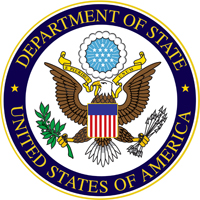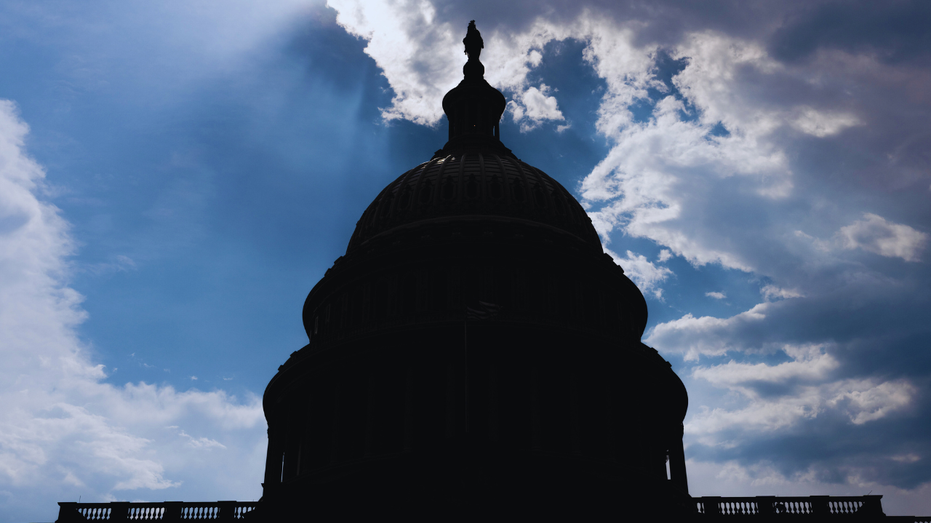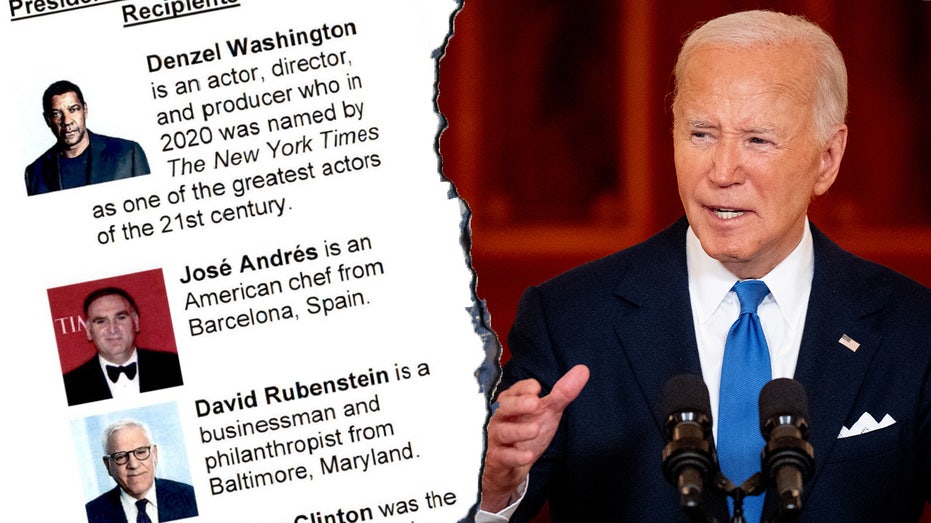VTDigger, Chicago Reader, and Honolulu Civil Beat see big traffic gains

VTDigger, the Chicago Reader, and Honolulu Civil Beat were three of the biggest gainers in web traffic among nonprofit news outlets in July 2025, according to the latest edition of our monthly rankings.
Vermont had its third straight July with flash floods, but that wasn’t the main driver of VTDigger’s roughly 60% increase in web traffic. Taylor Haynes, the site’s audience and product director, said a July 1 story — on the end of motel housing for hundreds of disadvantaged children, parents, and people with acute medical needs — generated an astonishing 437,000 pageviews. (The state of Vermont has about 648,000 residents.) In addition, two K-12 education stories each topped 100,000 pageviews.
The common denominator among all three: Google Discover, the increasingly important boom-or-bust driver of audience to news outlets. In response to the traffic surges, VTDigger “rolled out a traffic-spike playbook that includes integrating in Discover best practices and an in-article newsletter pop-up that has already added over 2,500 new subscribers since launch,” she said.
The Chicago Reader saw a 30% bump despite a difficult summer of layoffs and crisis during which, for “several weeks, the Reader was either gonna get bought or shut down.” Last month, it was sold to Noisy Creek, owner of fellow alt-weeklies The Stranger in Seattle and the Portland Mercury. Civil Beat saw its traffic jump about 40%; its unique Public First Law Center continues to generate stories like this one on an FBI probe of state legislators. The sole newcomer to the Top 25 this month is the Organized Crime and Corruption Reporting Project, which came in at No. 23.
The Texas Tribune only saw a 5% traffic jump, but that was enough to move it up from No. 4 to No. 2, thanks to drops from ProPublica and the Salt Lake Tribune. (Remember these are all estimates, based on Similarweb data, and the numbers are quite close: 3.387 million, 3.374 million, and 3.202 million. In other words, think of these rankings the way you might the AP’s weekly college football poll. They’re generally representative of reality — but not so precise that you’d want to bet $1 million that No. 12 is definitely better than No. 13.)
The top ranking goes again to The Conversation, which as I explained last time, will probably be No. 1 every month because of how I’m defining the universe of eligible outlets. Some people have asked me to revise that definition; if you’re interested in why I don’t plan to, keep reading below the chart for far more detail than you require. (Also, check out our July traffic rankings for local newspapers.)
But the underlying confusion was understandable. Before the internet, the title of “journalist” was given to those who had access to an audience. That typically meant writing for a newspaper or magazine, or talking on a radio or TV station. When the web gave everyone access to an audience, it became more difficult to know where that line should be drawn. It was a boom time for academics writing about “boundary work in journalism.”
Something similar is true about “nonprofit news organizations.” Is every .org website that publishes original articles a nonprofit news organization?1 That’s certainly an argument one could make. But the edge cases start to jump out at you quickly.
The AARP is a nonprofit, and their magazine has the highest circulation in the United States. So is it a “nonprofit news organization”? The National Rifle Association publishes NRA Family, American Rifleman, and Shooting Illustrated. Consumer Reports has been published by a nonprofit member organization since the 1930s, and reviewing products fits squarely within the work that news organizations do. Your college’s alumni magazine is probably a nonprofit news organization, legally speaking. Heck, plenty of people get news from Wikipedia, a nonprofit whose traffic numbers blow away nearly every other site on the internet.
What about outlets that are fundamentally political in purpose or primarily about issue advocacy? The Daily Caller — last seen “explicitly calling for violence,” editorializing “I want blood in the streets” — produces much of its news content under the aegis of the nonprofit Daily Caller News Foundation. The conservative nonprofit Heritage Foundation, creators of Project 2025, also spawned The Daily Signal, which is currently seeking nonprofit status for an “affiliate” organization. The Brookings Institution publishes plenty of “Research & Commentary.” How about the Sierra Club’s magazine, or the ACLU’s, or the NAACP’s?
Each of those outlets employs journalists in some capacity, and each writes about matters of public import. Any one could make a reasonable case for inclusion. But I don’t think a ranking system that includes them all would be particularly useful. Not to get all Potter Stewart, but there’s an element of “I know it when I see it” here. When I say “nonprofit news organization,” I mean specifically those whose purpose is to do some of the core news-gathering work traditionally done by newspapers. More specifically, the work at what Alex S. Jones called the “iron core” of journalism: “the total mass of each day’s serious reported news, the iron core of information that is at the center of a functioning democracy.”
A few of the outlets focused on the iron core date back decades, but most were born in a very specific span of time — roughly 2007 to 2017, say — when the internet’s impact on newspapers was becoming clear. In 2009, representatives of many gathered in upstate New York to issue what they called the Pocantico Declaration, a rallying cry “to hold those in power accountable, at the local, national and international levels,” “in order to achieve a more sustainable journalism,” which was “so crucial to a functioning democracy.” Some outlets aim to cover topical slices of the iron core — criminal justice, or education, or politics. Some focus on a particular style of reporting, like investigative or data journalism. Many cover specific locations, whether local, regional, or darn near global. But they generally have what the Pocantico Declaration called “collective sensibilities” and “basic shared goals and news values.”
That declaration was the founding of the Investigative News Network, since renamed the Institute for Nonprofit News. LION Publishers was born to represent smaller and more local outlets, including some less focused on investigative reporting. That’s why I used membership in those groups — they share around 1,000 — as the eligibility bar for our rankings. I don’t think including all nonprofits that publish original content would be useful for anyone. But I also don’t want to be responsible for making hundreds of thin-sliced judgment calls on which sites I consider sufficiently “iron core” or “newspaper-like” or “civic-minded” or “mission-oriented” to qualify. Nonprofit is a tax status, not a business model — or an editorial strategy.
So I think INN/LION membership remains the best heuristic we have. If you really care about your site being included in these rankings, I’d suggest (a) reevaluating your priorities, and/or (b) considering joining either one.
- And yes, I’m aware that being nonprofit is not a requirement to have a .org website.
What's Your Reaction?
 Like
0
Like
0
 Dislike
0
Dislike
0
 Love
0
Love
0
 Funny
0
Funny
0
 Angry
0
Angry
0
 Sad
0
Sad
0
 Wow
0
Wow
0










































































